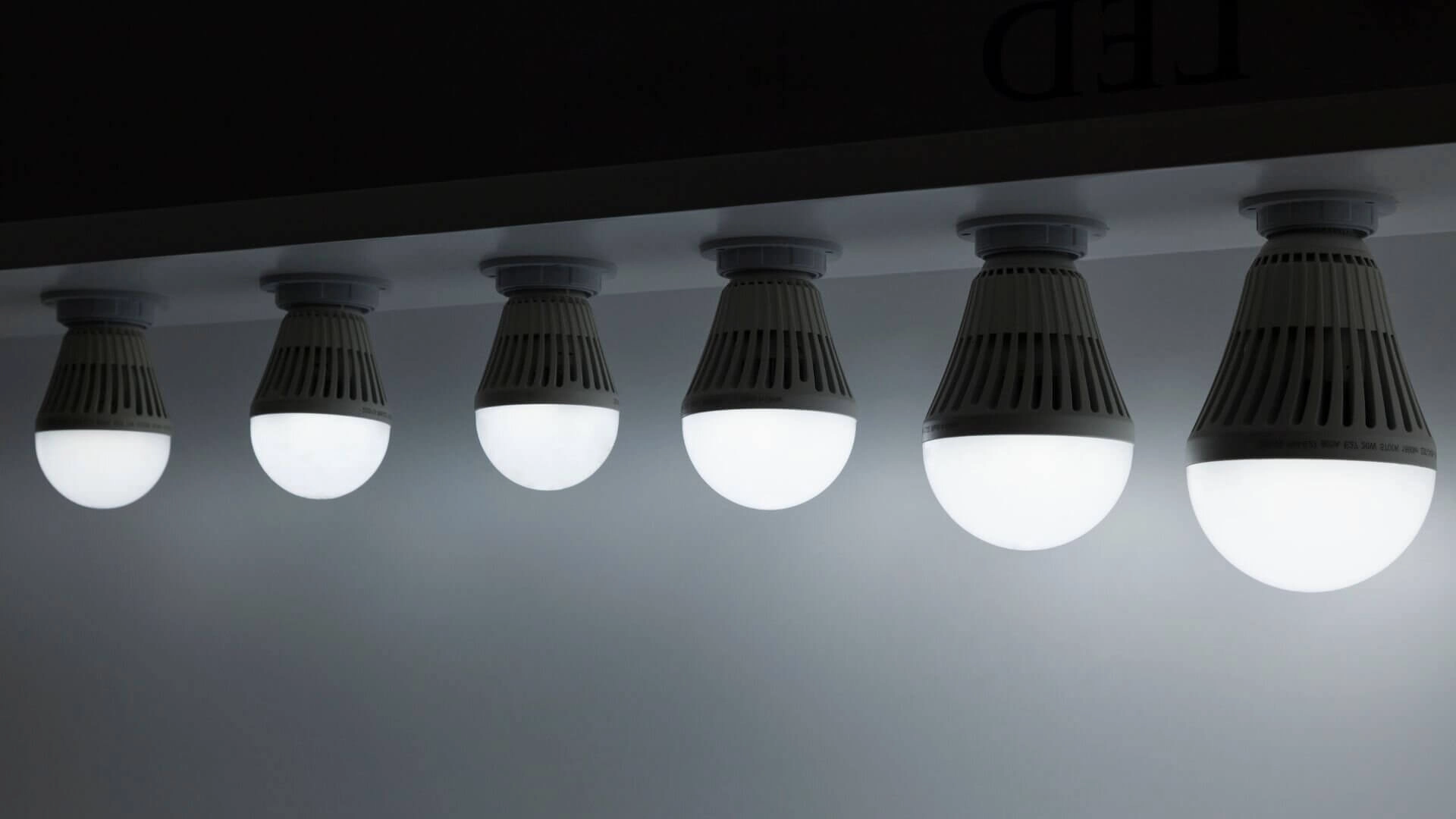How To Choose The Right LED Lights
With the rising popularity of energy-efficient LED bulb technology, more and more homeowners worldwide are making the switch from outdated incandescent and halogen bulbs. Replacing your inefficient lighting with new LED bulbs and fixtures can save massive amounts of energy, lower your electricity bills, and greatly enhance indoor and outdoor lighting.
According to Energy Star, switching completely to LEDs can reduce lighting electricity use by as much as 75% and cut lighting costs by 90% compared to incandescent bulbs, with LED bulbs lasting up to 50 times longer. These impressive energy savings and longevity make LEDs an eco-friendly solution.
This comprehensive guide will explain everything you need to know about the latest LED bulb types, key features, and savvy installation practices to choose the ideal lighting for every room in your home. You’ll learn insider tips to select the perfect LED bulbs and fixtures to create superior quality light emitted that both brightens and transforms living areas, workspaces, and outdoor lighting.
How LED Light Bulbs Work
LED stands for “light emitting diode”. Diodes inside the bulb convert electricity into bright light while using around 75% less energy than incandescent bulbs. LED bulbs also produce 90% less heat, allowing for cooler operation. This energy efficiency and longevity is why LED light bulbs are quickly replacing outdated incandescent, CFL, and halogen bulbs. From screw-in A19 bulbs to recessed BR30 cans, LEDs are now available in the most common fixture styles.
With LED light bulb technology, concerns about brightness, longevity, and light colour are no longer an issue. The latest LED bulbs provide equivalent or greater brightness compared to old bulbs while lasting over 50 times longer - up to 50,000 hours of use before needing to be replaced.
Plus, with a range of colour temperatures from warm white to daylight, you can achieve beautiful, high-quality light.
Determining Your Home’s Lighting Needs
Determining the ideal LED lighting for your home starts with evaluating each room’s unique needs and uses.
Kitchen Lighting
The kitchen requires bright, functional LED lighting to illuminate cooking and meal prep areas.
- Task Lighting - Use 5000-6500K cool white LED light bulbs in recessed cans to provide crisp, bright light over the counters and sink. Under cabinet LED lighting also enhances task visibility.
- Ambient Lighting - Softer, 3000K warm white LED bulbs in pendants and ceiling fixtures create relaxing ambient light throughout the kitchen.
- Output - Look for 800-1300-lumen LED bulbs to provide sufficient light output for kitchen tasks.
Living Room Lighting
In the living room, create a welcoming ambience with flexible, dimmable lighting.
- Ambient Lighting - Install 3000K warm white LED bulbs in table lamps and overhead fixtures for soft, inviting ambient light. Dimmer switches allow adjustable brightness.
- Accent Lighting - LED lighting strips behind cabinets or walls add dramatic accent lighting to enhance the living room’s style.
Bedroom Lighting
Bedrooms require warmer, cozier LED lighting that sets the stage for relaxation.
- Ambient Lighting - Use 2700K warm white LED bulbs in bedside lamps and ceiling fixtures to create a restful atmosphere.
- Task Lighting - Position adjustable LED desk lamps or wall sconces with reading lights to provide brighter task illumination as needed.
Bathroom Lighting
Bathroom lighting must be clear, bright, and functional for grooming tasks.
- Task Lighting - Install 5000K cool white LED bulbs around bathroom mirrors and fixtures to provide crisp illumination for shaving, makeup, and more.
- Ambient Lighting - Overhead LED recessed lighting adds ample ambient fill light to the bathroom space.
Outdoor Lighting
Outdoor spaces demand durable, ultra-bright LED lighting.
- Security Lighting - Illuminate outdoor walkways and entrances using weatherproof, 5000-6500K LED bulbs in porch lights and spotlights.
- Accent Lighting - Landscape accent lighting and path lights enhance and define garden areas.
Picking the Perfect LED Bulb Types
With so many LED bulb options on the market, choosing the right bulb type and features for each application can be challenging. Here are the key factors to consider when selecting LED bulbs:
First, match the wattage to the bulb you are replacing to ensure comparable brightness and light output. A good rule of thumb is to look for LED bulbs within 25 watts of the old incandescent or halogen bulbs. However, with LEDs being so energy efficient, you can often find new bulbs that are brighter but have lower wattage.
